In-Depth Review of Hoya’s Multicoated Close-up Lens Set
Macro photography is a somewhat commonplace piece of photographic lingo and is usually well recognized even among less experienced photographers. The term “macro” itself literally means “large” even though most subjects in macro photography are physically small.
So it could be said that macro photography… macrography… photomacrography, is technically the art of making an image which renders the subject larger than life sized. Most of the time these images are produced using specialized lenses which allow relatively high zooms along with close focusing distances and shallow depth of field. However, this is not the only way to produce close-up photographs with a small depth of field. There are many other pieces of gear which can be a conveniently more cost effective way to help you make macro photographs without buying a dedicated macro lens.
Extension tubes, reverse lens adapters, and close-up filters can give the photographer alternative way of delving into the world of macro photography. It is the third option, close-up filters, which will be the target of this review.

I ran across the Hoya Multicoated Close-up Lens Set over a Amazon and after a little research became intrigued by the simplicity of the concept.
Simply put, a close-up filter acts essentially as a magnifier which allows the user to reduce the minimum focusing distance between the lens and the subject. At the time of this review the filter set sells for $34.95. Given the relatively low price point I was extremely curious to find out just well they performed a means to enhance the macro capability of my Canon 50mm f1.4 prime lens.
The filters arrived in a brilliantly colored box and reminded me of the camera accessory boxes from the late 80’s.

After unboxing, I found the filter set snugly tucked away in a padded multi-pocket mesh case.

Each filter has a rated magnification diopter of +1, +2, and +4. The build quality of these filters is robust and comfortably substantial. The frames are aluminum and coated in a matte black paint and are quite easy to handle and control. They are threaded both front and back to allow stacking of the filters (more on that later) or the addition of other filters such as UV or a polarizer and the usage of lens caps.
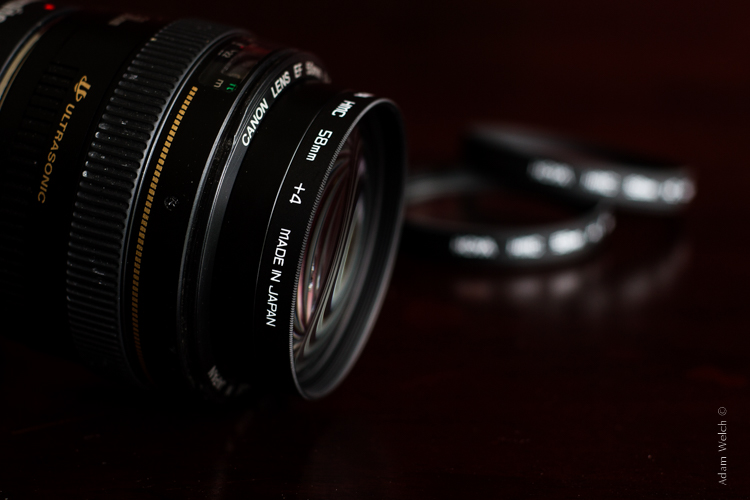
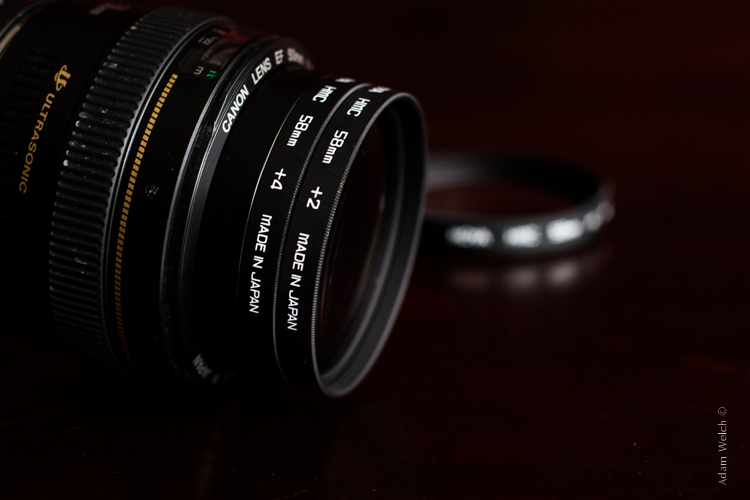
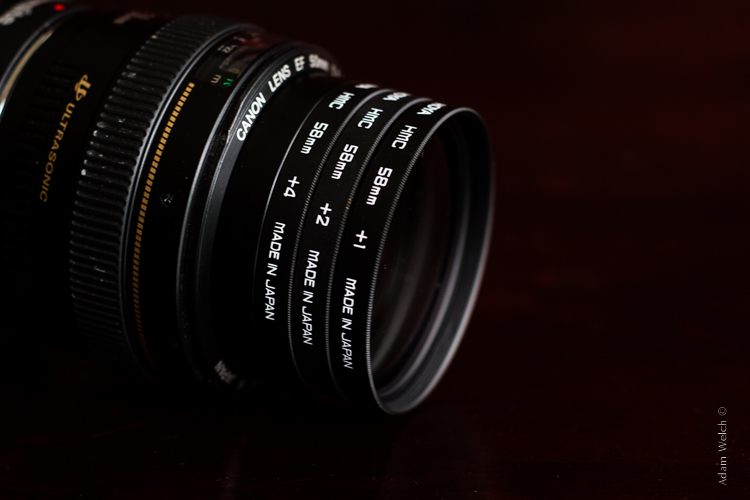
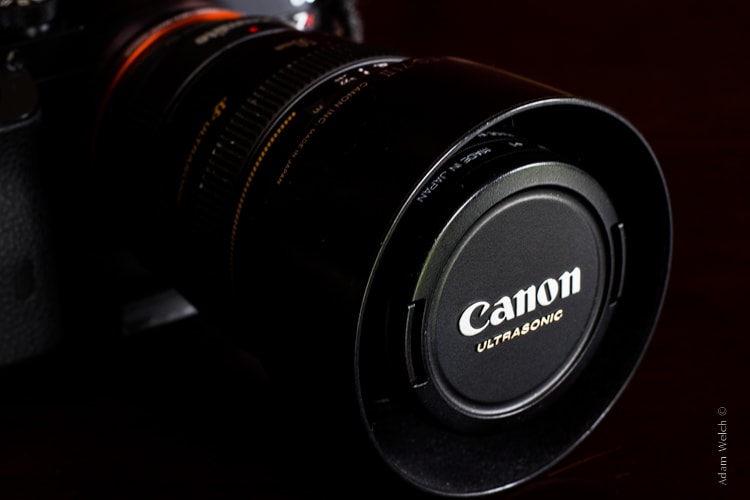
Optically, the close-up filters arrived flawless and the glass proved to be very clear. The goal of the close-up filters is of course to reduce the focal distance between the camera and the subject.
This is the minimum focusing distance of my lens without any of the filters attached.
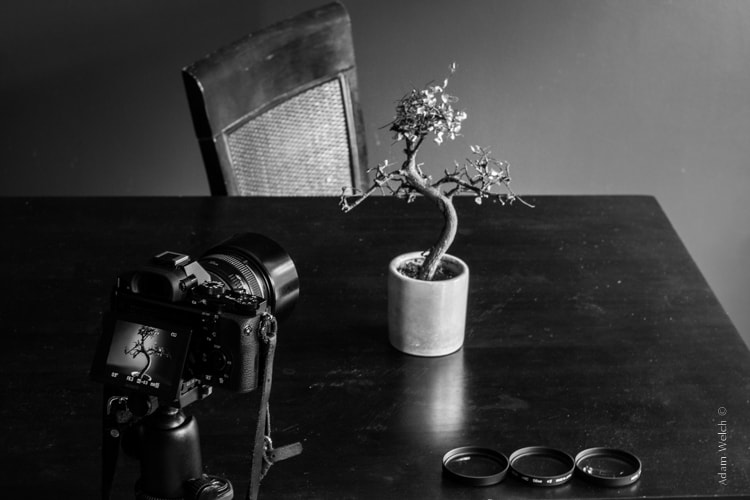
And this is the minimum focusing distance when all three filters are stacked together. The difference is incredible.
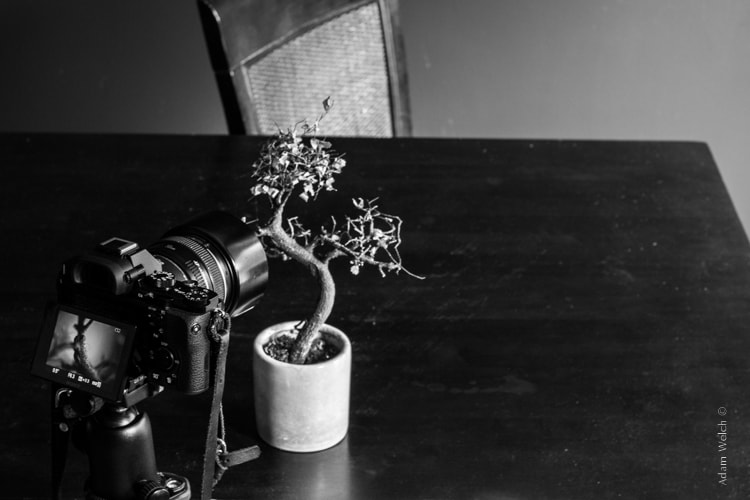
This reduction of distance then allows the photographer to produce an image that is greater than an 1:1 ratio… in other words, a macro image. This is the same effect as using a purpose-built macro lens. Do the filters produce the exact same results as using a macro lens? Well, not exactly. But that’s not to say that the filters don’t perform quite well. Take a look at some examples.
This image was made at the minimum focusing distance of the naked Canon 50mm f1.4 lens. Granted there are some intrinsic differences as I am using a Commlite adapter (which is effectively a small extension tube) in order to fit the Canon lens to my Sony A7r camera body.

Now, in this image, we see the dramatic reduction in focal distance by adding the +4 close-up filter.
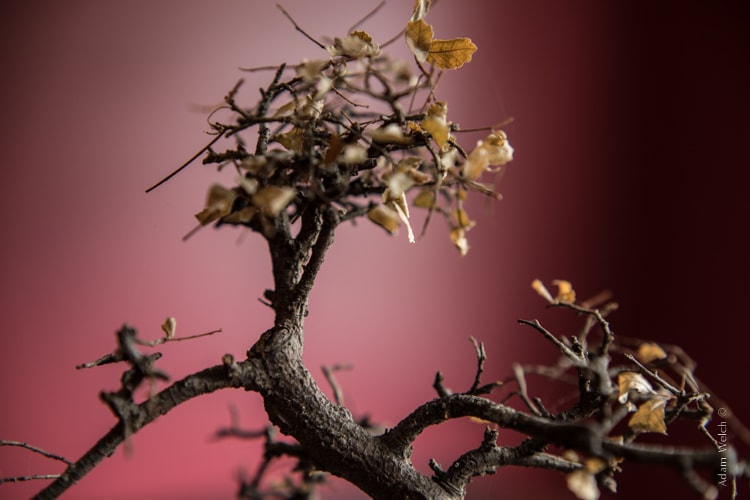
This is where the close-up filters optical quality really shines. The focal distance has been reduced by roughly 60% with no discernible image degradation. This +4 filter, in my opinion, is the only close-up filter the aspiring macro photographer on a budget would need in their bag.
However, the good folks at Hoya have included two other filters in the set so let me show you some more stuff anyway! Let’s look at the results you can expect from stacking the filters. It is here where the situation becomes more interesting.
When we add the +2 filter to the +4 filter, we see an additional slight reduction in the focal distance but not so drastic as the first. The image itself, though, is more magnified. A downside is that there is some very slight softening of the photo.

Even though the effective focal distance was not reduced significantly, the image itself has been further magnified. Again, this has been accomplished without a large amount of degradation brought about from adding another filter. One thing to note is that with the addition of the +2 filter the perceived depth of field has been reduced. So to maintain a constant focus depth the photographer will likely have to decrease the aperture. The depth of field reduction becomes even more pronounced when we go even further and add the last filter in the set.
Here we see the close-up filter set fully stacked to the maximum magnification.

The minimum focusing distance has again been technically reduced but it hardly discernable. Still, the image itself has been slightly magnified once more.
Even with this relatively massive addition of external lens glass the final image quality is surprisingly well preserved. Though there has been a considerable amount of aberration encountered this aberration is really not that bothersome. Hoya states that these filters are “multicoated” with a treatment that is meant to lessen aberrations and flare which quite possibly reduces the gravity of these complications when compared to other uncoated filters.
Macro photography can be an incredibly rewarding photographic pursuit. Fantastic images can be made, with a little research, relatively easily and with unexpectedly thrifty gear. Products such as the close-up filter set from Hoya are a great way to produce very respectable macro photos on a less than infinite budget.
Will they give you the same image quality as a high-end dedicated macro lens? No, of course not. Are they an excellent value? Absolutely. Here are some key points to consider about the Hoya Multicoated Close-up Lens Set:
The Good
- Excellent optics for the price.
- Offers three different magnifications for creative flexibility.
- Effectively reduces minimum focus distance for macro work.
- Accepts lens caps and additional filters.
- Mulitcoat treatment seems to reduce aberrations.
- Sturdy build quality.
The Bad
- Noticeable aberrations when stacking filters and viewing images at 100% magnification.
- Overall softening of images when two or more filters are stacked.
- Lack of hard case for storage.
The Bottom Line
The conclusion is, that with reasonable expectations, the close-up lens set from Hoya is a simple and inexpensive way to expand your photographic arsenal and make some great macro photographs. Depending on your lens, the results can be extremely impressive.
Here are some processed images made using the filter set.



